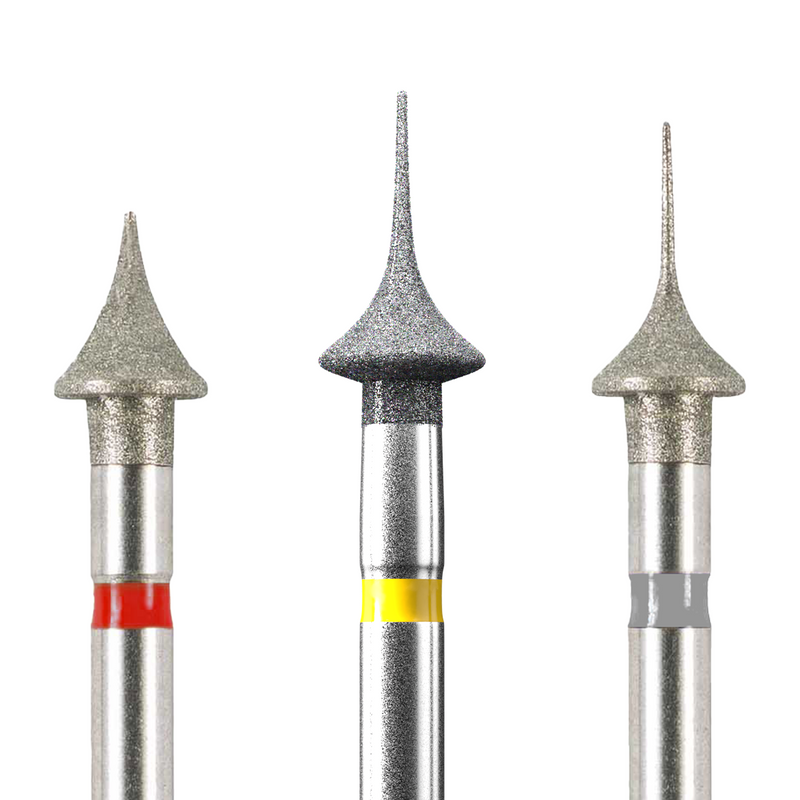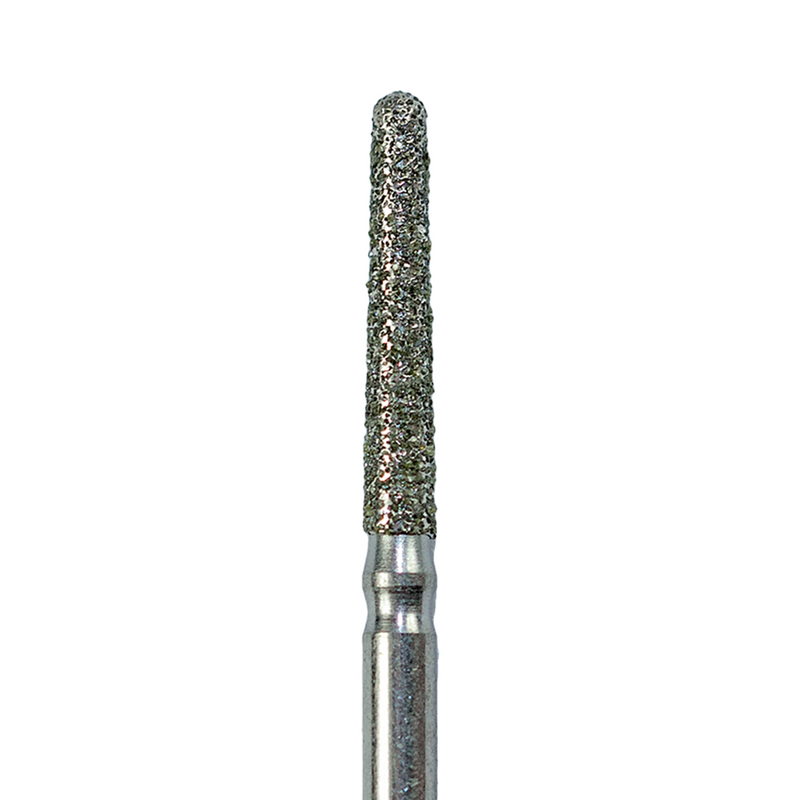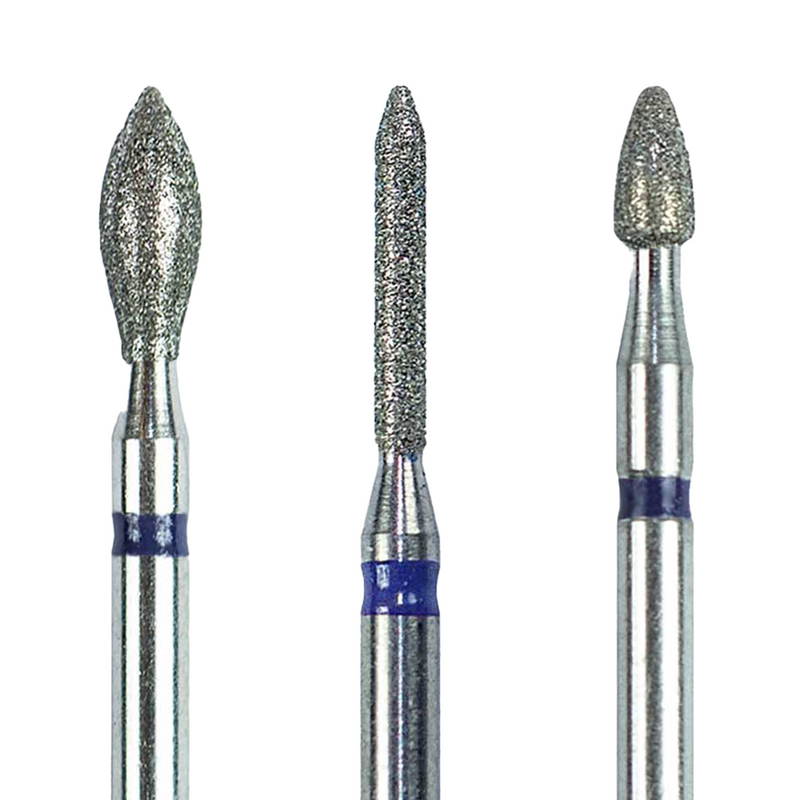0 comments
Debonding Burs Dilemma
Which Bur Best Preserves Enamel?
The final stage of orthodontic treatment, debonding, requires the careful removal of brackets and residual adhesive. This seemingly routine step carries significant clinical weight, as improper technique or instrumentation can lead to irreversible enamel damage. Our investigation explores how different debonding burs affect enamel surface integrity, with a focus on minimizing iatrogenic harm while optimizing clinical efficiency.
Materials and Methods
Sixty extracted human premolars were selected and randomly divided into three equal groups (n = 20), each assigned to a different adhesive removal instrument:
-
Zirconia burs
-
Tungsten Carbide burs
-
White Stone burs
All teeth underwent simulated orthodontic bonding and debonding procedures. Adhesive remnants were removed using the assigned burs under standardized conditions. Enamel surface roughness (Ra) was measured via contact profilometry, and microstructural changes were evaluated using scanning electron microscopy (SEM) before and after a polishing protocol.
Key Findings
Our comparative analysis yielded the following average surface roughness values (Ra):
-
Zirconia burs: 0.72 ± 0.08 µm - showed the least damage, maintaining better enamel smoothness
-
White Stone burs: 0.81 ± 0.10 µm - moderate enamel abrasion
-
Tungsten Carbide burs: 0.89 ± 0.11 µm - most abrasive in initial use
However, polishing significantly reduced surface roughness across all groups, particularly benefiting the initially harsher Tungsten Carbide group. These results align with previous literature indicating that roughness values above 0.2 µm may promote plaque accumulation and compromise aesthetics.
Conclusions
This study highlights a critical interplay between bur selection and post-debonding polishing:
-
Zirconia burs demonstrated superior enamel preservation with minimal initial roughness.
-
Tungsten Carbide burs, while more abrasive, can be made clinically acceptable with adequate polishing.
-
White Stone burs offered an intermediate outcome, suggesting cautious use where aesthetic and structural outcomes are both priorities.
In all scenarios, polishing is not optional but essential. A consistent, well-defined polishing protocol significantly mitigates enamel surface damage, regardless of initial instrumentation.
Clinical Implications
For clinicians aiming to optimize outcomes during orthodontic debonding:
-
Choose Zirconia burs when enamel conservation is a top priority.
-
Incorporate comprehensive polishing steps into the debonding protocol, especially after using more aggressive burs.
-
Evaluate the patient’s enamel condition and tailor the debonding approach accordingly.
-
Educate team members on the importance of enamel-safe techniques to ensure standardized care across the practice.
Personal Thoughts
This research underscores the complexity of orthodontic debonding. While our study provides valuable insights, it also raises intriguing questions for future exploration. For instance, how do these immediate effects translate to long-term oral health outcomes? Could emerging technologies like laser-assisted debonding or novel adhesive materials revolutionize this process?
Moreover, as we continue to advance in materials science, we might see the development of "smart" orthodontic adhesives that facilitate easier removal without compromising bonding strength. The field of orthodontics stands at an exciting crossroads of traditional techniques and cutting-edge innovations, promising continued improvements in patient care and outcomes.
Resources
1. Zachrisson & Årthun (1979). Am J Orthod, 75(2):121-137.
2. Eliades et al. (2004). Eur J Orthod, 26(3):333-338.
3. Karan et al. (2010). Angle Orthod, 80(6):1081-1088.
 Shipping Temporarily Delayed
Shipping Temporarily Delayed














0 comments